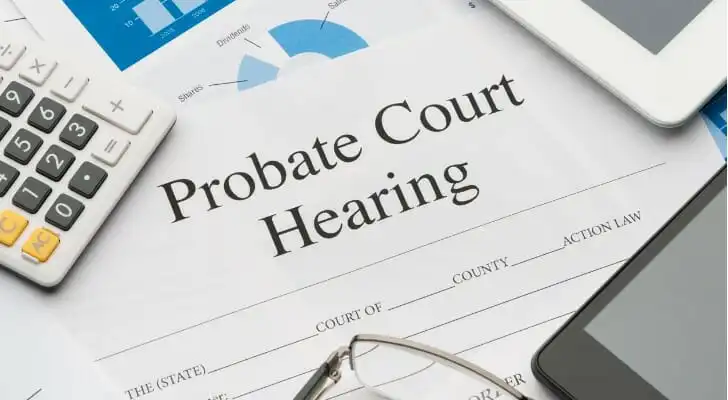When dealing with probate in Texas, one of the more complex and often misunderstood tasks is clearing the title to real estate. The process can be daunting, especially when you’re already navigating the legalities and emotional challenges that come with settling a deceased loved one’s estate. This guide aims to demystify the process, walking you through the steps required to clear title to real estate during Texas probate.
Understanding Title Clearing in the Context of Probate
To begin with, let’s break down what “clearing title” means in the context of real estate and probate. The title to a property is essentially the legal documentation that proves ownership. Clearing the title involves ensuring that the property is free from any liens, claims, or disputes that could prevent ownership transfer.
During probate, clearing the title is necessary. It allows the executor or administrator to transfer the property to the rightful heirs or beneficiaries. This process is crucial in Texas, where probate laws are specific and sometimes stringent.
Step 1: Understanding the Probate Process in Texas
Before you can clear the title, you must first understand the probate process in Texas. Probate is the legal process by which a deceased person’s estate is distributed. In Texas, there are different types of probate processes, including:

- Independent Administration: This is the most common and least complicated form of probate in Texas. The executor has more autonomy to manage the estate without constant court supervision.
- Dependent Administration: This process is more court-supervised and often more complex. Every action the executor takes must be approved by the court, which can make clearing title more cumbersome.
- Muniment of Title: This is a simplified probate process used when the only asset is real estate, and there are no outstanding debts.
Understanding which probate process applies is essential because it influences how you approach clearing the title.
Step 2: Identifying the Heirs or Beneficiaries
One of the first steps in clearing the title is identifying who is entitled to the property. If the deceased left a valid will, the beneficiaries will be named. However, if there is no will (intestate), Texas laws of intestacy will determine the heirs.
In Texas, the laws of intestacy are complex and depend on the deceased’s family structure. For example, if the deceased was married with children, the property might be divided between the surviving spouse and children. Understanding who the rightful heirs or beneficiaries are is critical before proceeding to clear the title.
Step 3: Filing the Application for Probate
Once you have identified the heirs or beneficiaries, the next step is to apply for probate. This step officially opens the probate case. It allows you to start the process of managing and distributing the estate, including clearing the title to real estate.
Step 4: Conducting a Title Search
A title search is an essential part of the process. This search will reveal if any outstanding liens, claims, or other issues could affect the transfer of ownership. The title search typically includes:
- Deed Records: These are examined to ensure the deed is correct and reflects the deceased’s ownership.
- Liens and Judgments: The search checks for any liens or judgments against the property, such as unpaid taxes or mortgages.
- Probate Filings: Any previous probate filings that could affect the title are also reviewed.
This search helps identify any obstacles to clearing the title and ensures that the property is free of encumbrances before it is transferred.
Step 5: Resolving Title Issues
If the title search reveals any issues, these must be resolved before the title can be cleared. Common issues include:
- Liens: If there are any unpaid liens, such as a mortgage or tax lien, these must be paid off.
- Judgments: Any court judgments against the property must be satisfied or addressed.
- Errors in Deeds:If there are errors in the deed, such as incorrect names or descriptions, these must be corrected.
Resolving these issues can involve negotiations with creditors or filing documents with the court. In some cases, it can involve going through additional legal proceedings.

Step 6: Obtaining a Court Order to Transfer the Property
Once all title issues have been resolved, the next step is to obtain a court order to transfer the property to the heirs or beneficiaries. This involves filing a petition with the probate court and providing evidence that all debts have been paid, the title is clear, and the heirs or beneficiaries are entitled to the property.
In some cases, especially if there are disputes among heirs, this step can become complex and may require legal representation. However, in many instances, if everything is in order, the court will issue an order that allows the transfer of the property.
Step 7: Recording the New Deed
After obtaining the court order, the next step is to prepare and record a new deed in the names of the heirs or beneficiaries. This deed is usually a “Transfer on Death” deed or a “Warranty Deed,” depending on the circumstances.
Recording the deed with the county clerk’s office is a crucial step because it officially updates the public records to reflect the new ownership. Without this step, the title is not considered fully cleared.
Step 8: Distributing the Property to Heirs or Beneficiaries
With the title cleared and the new deed recorded, the property can now be distributed to the heirs or beneficiaries. This step involves transferring possession and ownership rights, which may also include transferring any associated liabilities, such as property taxes or homeowners’ association fees.
Special Considerations in Clearing Title

Clearing title during Texas probate can involve special considerations, depending on the circumstances. Here are a few scenarios that could complicate the process:
- Community Property:Texas is a community property state, meaning that property acquired during marriage is typically owned jointly by both spouses. If the deceased was married, you might need to address community property laws when clearing title.
- Homestead Rights: Texas law grants certain protections to homestead property, which can affect how the title is cleared, particularly when surviving spouses or minor children are involved.
- Oil, Gas, and Mineral Rights: In Texas, it’s not uncommon for real estate to include mineral rights. These rights must be considered and properly transferred during the probate process.
- Multiple Heirs: When there are multiple heirs, the process of clearing title can become more complicated, especially if some heirs are not cooperative or if there are disagreements about the property’s disposition.
Legal Assistance and Title Companies
Given the complexities involved, it is often advisable to seek legal assistance when clearing title to real estate during probate. An experienced probate attorney can help navigate the process, resolve disputes, and ensure that all legal requirements are met.
Title companies can also play a crucial role. They can conduct thorough title searches, help resolve issues, and ensure that the title is properly cleared before the property is transferred. In some cases, they may also offer title insurance, which can protect against future claims on the property.
Conclusion: The Importance of Clearing Title During Texas Probate
Clearing the title to real estate during Texas probate is a critical step in the process of settling an estate. It ensures that the property is free from disputes and encumbrances, allowing for a smooth transfer of ownership to the rightful heirs or beneficiaries. While the process can be complex and challenging, understanding the steps involved and seeking professional guidance can help you navigate it successfully.
By following the roadmap outlined in this guide, you can approach the task of clearing title with confidence, ensuring that the estate is settled efficiently and in accordance with Texas law. Whether you’re an executor, an heir, or a beneficiary, having a clear understanding of the process can make all the difference in achieving a successful and stress-free resolution to the probate process.








